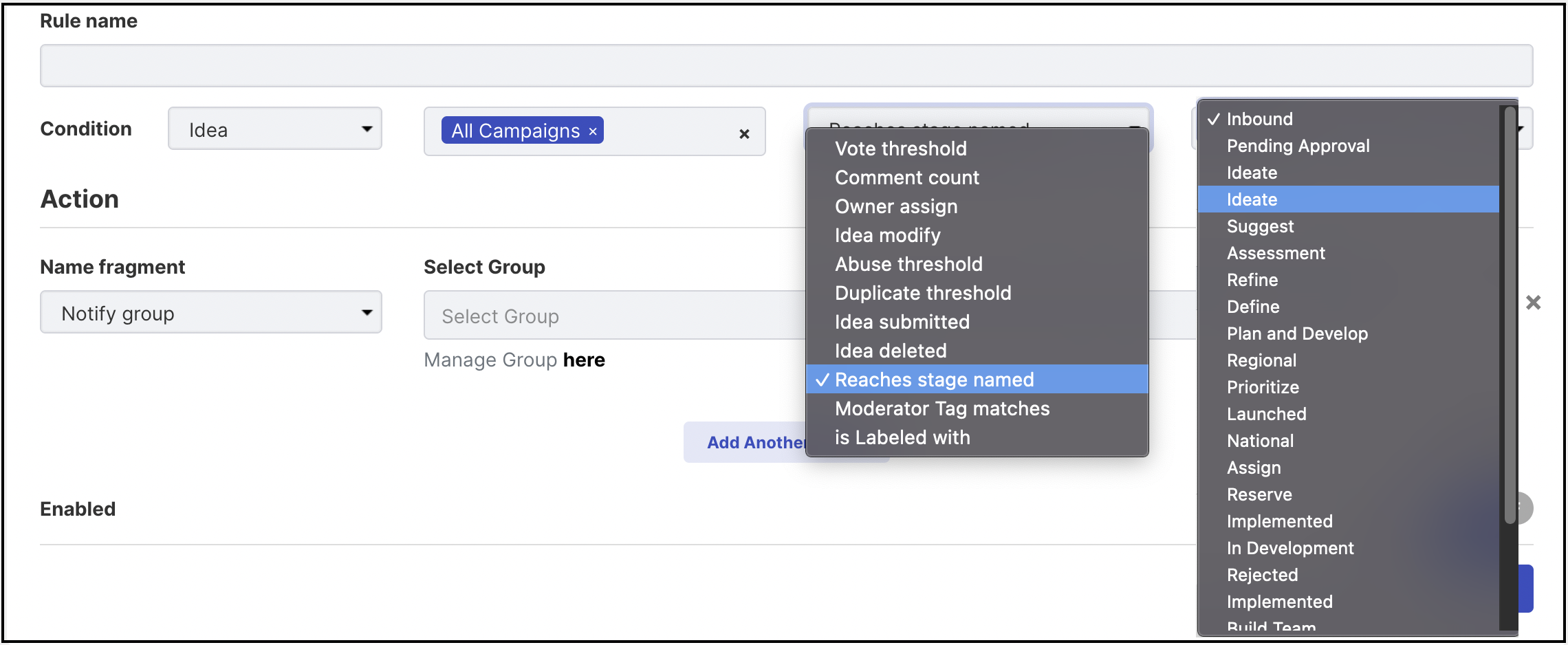IdeaScale provides two core services that allow you to build connections between IdeaScale and other softwares:
Rest API
Our REST API is fully documented here and is a great tool for developers wanting to build custom scripts or applications on top of IdeaScale’s core functionality. This document focuses instead on providing easy-to-use use cases for the two other connection methods provided by IdeaScale; our custom webhook builder; and IdeaScale’s Zapier App. The target is that what follows is accessible to all IdeaScale users with a basic knowledge of the behavior or web applications and some familiarity of the IdeaScale platform.
Webhooks
Webhooks, also known as reverse APIs, will allow you to push data from IdeaScale into another app using IdeaScale's automation builder. The push is triggered by an event such as an email being received will trigger the app to notify you via slack.
Webhooks and Project Management Tools
Linking your IdeaScale community to a project management tool is a great way to ensure follow-through on your best ideas! The most popular tools our clients connect with are Trello, GitHub, and Jira.
Learn how to use a webhook with Trello
Learn how to use a webhook with Jira
Learn how to use a webhook with Github
Learn how to use a webhook with AHA
What is possible using a Webhook in IdeaScale:
Using IdeaScale's Automation Builder you can create a rule that will trigger an idea to be pushed to your connected software. Below is a screenshot of the possibilities. For example, you can automate ideas to be pushed to a Trello board every time it reaches the stage Review.

Currently, the only data within the Idea that can be dynamically mapped (via post payload) is Submitter Email, Submitter Name, Idea Title, Idea Description, Idea URL, and Idea Submitter Profile.